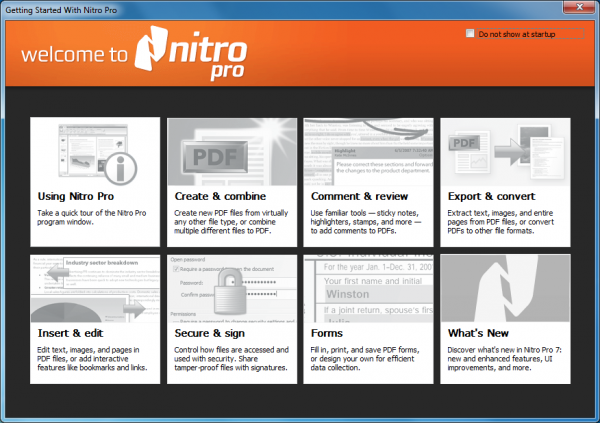
If you need to work with Adobe PDF files then you could cobble together a basic solution from free tools. A virtual printer driver here, a conversion tool there, a PDF viewer with simple annotation features -- it’s surprising what you can achieve.
If you’re looking to create your own PDF files, though, edit any part of an existing document, work with PDF forms and perhaps integrate with document management systems, then you’ll need something considerably more powerful.
You could spend big money on Adobe Acrobat, of course. But there are alternatives. Nitro Pro 7 allows you to create, convert, view, edit and collaborate on PDF files, is packed with high-end annotation options and includes powerful form design features and many security options. The program then goes beyond Adobe’s Acrobat X Standard with new redaction capabilities, more powerful in-place image editing, Evernote integration and more. And yet you can buy it for less than half the price of the Adobe package, a very reasonable-sounding $99.99.
This seems like a very good deal, but what you do really get for your money? We took a closer look.
PDF Creation
You’ll probably want to start by creating a PDF file or two, and Nitro Pro 7 provides many ways to make this happen.
The program’s virtual printer driver, for instance, allows you to create PDFs from any application, customizing their layout, metadata, resolution, compression and font options, password protection, document restrictions (only allowing low-res printing, say) and encryption: it’s an excellent tool, powerful yet also easy to use.
Nitro Pro 7 can also optionally integrate with Microsoft Office 2003 and later. Creating a PDF file from Word, Excel or PowerPoint was as easy as clicking the Create PDF button on our Office 2010 ribbon.
The program also imports pages directly from your scanner, while an I.R.I.S.-based extension (now included as standard in all versions) performs basic OCR. Its default settings aren’t the best, and there’s little interactivity (you can’t guide the program by highlighting areas of the page), but it’ll be fine for simple documents.
A conversion tool accepts Microsoft Office, WordPerfect and HTML files, along with all the main image formats, and converts them to PDF or back again (so you can convert a PDF file to .DOCX for editing in Word, say).
And in our tests we found these features generally worked well. All our sample files were imported accurately, if at times a little slowly, and even our most complex Word documents became quality PDF files in a click or two.
Editing
If your newly-created PDF files aren’t exactly what you need then you can always edit them. Nitro Pro 7 is packed with useful features here, yet the program’s clean and clear Ribbon-style interface means it’s generally very easy to find what you need. (Which is just as well, as the Help file is annoyingly not context sensitive -- you can’t press F1 with a particular dialog open and expect to see relevant advice -- and has an Index, but no Search tab.)
Choose the Edit option, for instance, and you’ll immediately benefit from Nitro Pro 7′s new paragraph text editing. Just double-click a paragraph, and you’re able to edit text just as though it was in a word processor. Type or delete, and the text reflows correctly; change alignment, text or font properties and everything works just as you’d expect. As long as the document hasn’t been created via OCR, anyway (the paragraph blocks can then be very unpredictable).
You can quickly create standard headers and footers containing text or graphics, organize them into profiles, then apply them to any document in a click. These can also be edited and removed with ease (even if they were created by Adobe Acrobat).
 There are also options to insert Bates numbers, text or image-based watermarks, bookmarks, links or more. You can insert new pictures, or tweak existing images by altering their brightness, contrast and color, rotating, resizing, flipping, cropping them and more. And Nitro Pro 7 also works well at the page level: you can rotate or crop a page, delete or replace a set of pages, and split a document in many different ways, amongst other options.
There are also options to insert Bates numbers, text or image-based watermarks, bookmarks, links or more. You can insert new pictures, or tweak existing images by altering their brightness, contrast and color, rotating, resizing, flipping, cropping them and more. And Nitro Pro 7 also works well at the page level: you can rotate or crop a page, delete or replace a set of pages, and split a document in many different ways, amongst other options.
New to this edition is a Redaction panel. The program can now automatically search for and redact sensitive information, as well as allowing you to manually mark whatever content you’d like to remove. And there’s also a “Remove Metadata” option, although notably this dialog doesn’t show you what it’s removing. (You can check beforehand by viewing the page Properties, but that shouldn’t really be necessary.)
A stack of annotation options start with the ability to add notes, or add text markup (highlight or underline text, say, and add a pop-up note explaining why). You’re able to draw on the page, or add basic shapes, text boxes or callouts. And the standard Stamps selection (“Urgent”, “Reviewed”, “Draft”, “Final” etc) has been extended with the useful new Dynamic Stamps, which automatically include relevant details such as the date, time, or your name.
More Features
Nitro Pro 7 has plenty of other interesting new features spread all around the package.
The program can now remember your place in a document when you reopen it, for instance. And improved tab management sees you able to close all documents except the one that is currently open. Small additions, but they make a real difference to the program’s overall ease of use.
Elsewhere, the new QuickSign feature allows you to import a scanned image of your own handwritten signature, then add it to the end of any future document in a click. And new digital signature profiles allow you to combine this with a digital certificate. Click Sign, choose your profile, and click on the page; your signature appears where you’ve clicked, and the document will be digitally signed as well.
As with previous editions, the program has strong support for creating and working with PDF forms (including the ability to import and export data to or from FDF files). And this version now makes it much more straightforward to work with static XFA forms, which don’t have the regular interactive fields. Previously you’d have to print these out, fill them in by hand and scan to import the results; now you can use the Type Text tool and just type to complete each field.
And if you have the Evernote client installed, then you’ll appreciate Nitro Pro 7′s new support. Simply right-click content of interest -- anything from images and blocks of text to entire pages -- and choose the Send to Evernote option to save a copy for later.
Performance
Nitro Pro 7 has no shortage of power, but how do these features perform?
Basic text and image rendering speeds are average for this kind of tool, being just a fraction slower than a simple PDF viewer. Vector art is rendered far more quickly, though: Nitro PDF say the program may be 500-percent faster here than previous editions.
 How efficiently does the program render PDF files? For a basic test, we took a plain text file, 9.33KB in size, and saved it as a standard quality PDF file using Office 2010 (using Microsoft’s PDF addin): this produced a 65.4KB file. Then we created a medium quality PDF file using Nitro Pro 7, and this was 52.3KB in size: no major overheads here.
How efficiently does the program render PDF files? For a basic test, we took a plain text file, 9.33KB in size, and saved it as a standard quality PDF file using Office 2010 (using Microsoft’s PDF addin): this produced a 65.4KB file. Then we created a medium quality PDF file using Nitro Pro 7, and this was 52.3KB in size: no major overheads here.
Next, we took a moderately-sized PDF file (25 pages, 448KB) and inserted a simple header to display the page number, so ensuring that every page would be updated. Saving this increased the file size by 60KB to 508KB, again very acceptable, and further tests with larger documents showed similar results.
And to finish, we decided to test the import/ export options by converting a 498-page eBook from PDF format to Word, and back again, then comparing the files.
This required some patience. Creating a Word document from our original PDF took a reasonable 148 seconds, but converting that document back to PDF required a tedious 516 seconds. (As a comparison, Word 2010 managed to save the same document as a PDF file in 67 seconds).
This was a far more complex document than most people will be importing on a routine basis, though. And the conversion itself was generally very good: we spotted a single substituted font, and a few small paragraph positioning issues, but the latter were only noticeable if you looked closely. Which was excellent performance for such a tricky task.
Nitro Pro 7 scores highly where it really matters, with accurate file importing, a lengthy list of essential editing and annotation options, some great new features, an intuitive interface -- and of course it’s great value for money.
The software lists for $99.99 and supports Windows XP, Vista, 7 and Server 2003/ 2008/ 2008 R2, all 32 and 64-bit editions.






 It’s barely a week since the first public beta, but the Windows version of
It’s barely a week since the first public beta, but the Windows version of 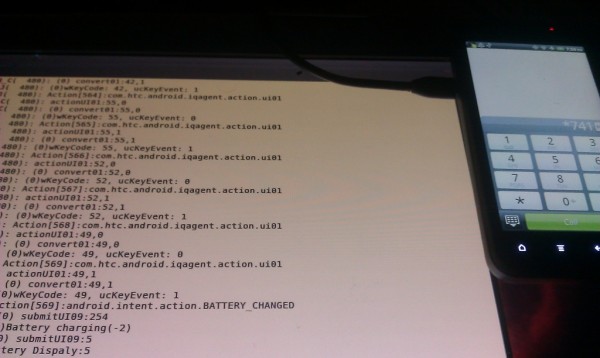

 When you’re trying to troubleshoot a friend’s PC then it’s often useful to know more about what’s on their hard drive: installed programs, the \Windows folder, temporary folders maybe, and more. If you’re sitting in front of the system then you can just launch Explorer and take a look. When the friend is far away, though, this becomes rather more difficult, as Explorer provides no way to for your friend to, say, save a report on the contents of the \Windows folder.
When you’re trying to troubleshoot a friend’s PC then it’s often useful to know more about what’s on their hard drive: installed programs, the \Windows folder, temporary folders maybe, and more. If you’re sitting in front of the system then you can just launch Explorer and take a look. When the friend is far away, though, this becomes rather more difficult, as Explorer provides no way to for your friend to, say, save a report on the contents of the \Windows folder. Ellora Assets Corporation has updated its video conversion suite with the addition of support for the emerging HTML5 standard.
Ellora Assets Corporation has updated its video conversion suite with the addition of support for the emerging HTML5 standard. 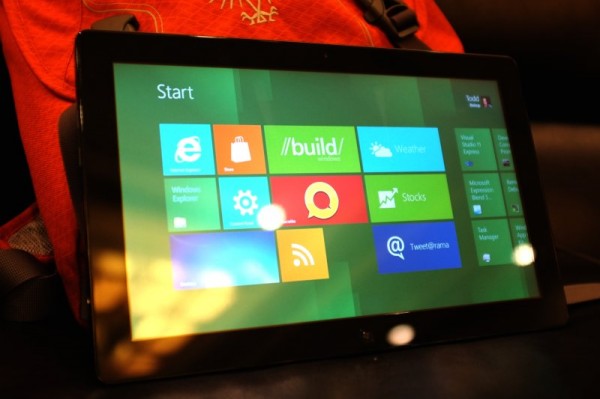
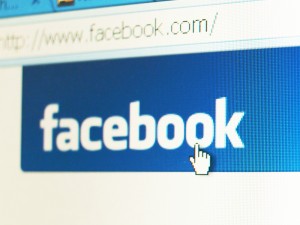 Leading social networking service Facebook has agreed to settle with the Federal Trade Commission (FTC) on charges that its privacy settings were deceptive to customers, and that it made privacy promises that it didn't keep.
Leading social networking service Facebook has agreed to settle with the Federal Trade Commission (FTC) on charges that its privacy settings were deceptive to customers, and that it made privacy promises that it didn't keep.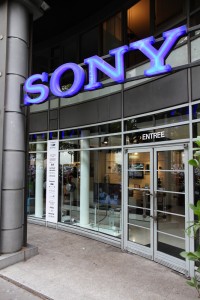 Europe may be plunging the world into another recession but American shoppers apparently don't care. In yet another validation of the surge in consumer spending we witnessed during Black Friday and Cyber Monday, consumer electronics goliath Sony also enjoyed a sales spike and -- here's the kicker -- without slashing prices.
Europe may be plunging the world into another recession but American shoppers apparently don't care. In yet another validation of the surge in consumer spending we witnessed during Black Friday and Cyber Monday, consumer electronics goliath Sony also enjoyed a sales spike and -- here's the kicker -- without slashing prices.

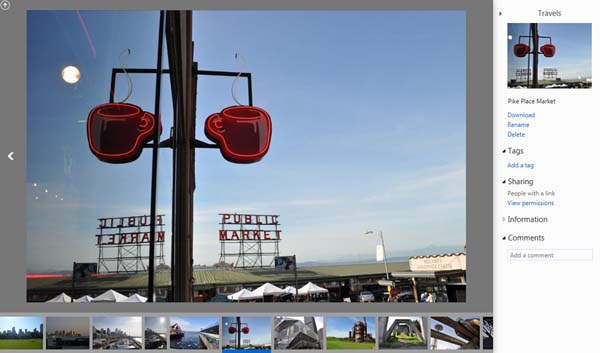
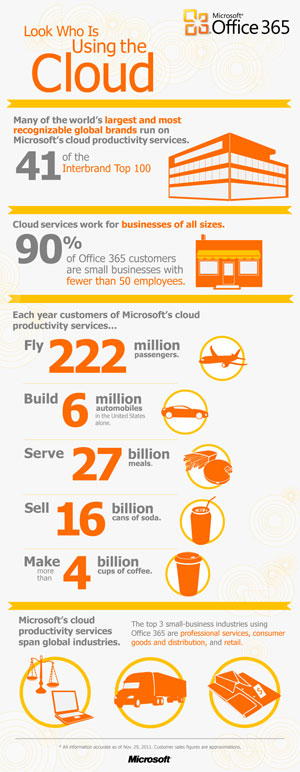
 Microsoft's window of opportunity when it comes to tablets is closing. Release of Windows 8 is expected
Microsoft's window of opportunity when it comes to tablets is closing. Release of Windows 8 is expected  If you maintain a server or network, you understand the importance of being able to monitor it around the clock. There are a number of tools available that can be used to keep an eye on your network whilst on that network, but there will be numerous occasions when you are away from the office but still need to check that things are running smoothly. PRTG Network Monitor is one such network monitoring tool, but for when you are out and about you can turn to
If you maintain a server or network, you understand the importance of being able to monitor it around the clock. There are a number of tools available that can be used to keep an eye on your network whilst on that network, but there will be numerous occasions when you are away from the office but still need to check that things are running smoothly. PRTG Network Monitor is one such network monitoring tool, but for when you are out and about you can turn to  RootsMagic has updated its popular family history software to version 5.0. RootsMagic 5, which can be road-tested as a cut-down Essentials version, adds a number of new features for those who purchase the full version. These include media tagging, a research manager and timeline view.
RootsMagic has updated its popular family history software to version 5.0. RootsMagic 5, which can be road-tested as a cut-down Essentials version, adds a number of new features for those who purchase the full version. These include media tagging, a research manager and timeline view.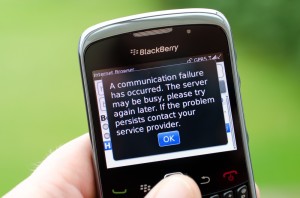 Research in Motion is accepting to the realities of the smartphone industry, saying Tuesday its new Mobile Fusion device management software will work with iOS and Android devices in addition to BlackBerry smartphones. The announcement suggests RIM might be ready to concede the market to its bigger rivals.
Research in Motion is accepting to the realities of the smartphone industry, saying Tuesday its new Mobile Fusion device management software will work with iOS and Android devices in addition to BlackBerry smartphones. The announcement suggests RIM might be ready to concede the market to its bigger rivals.

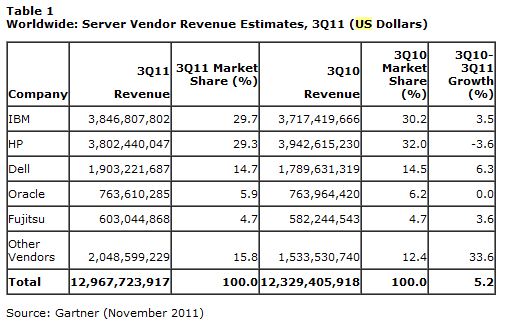
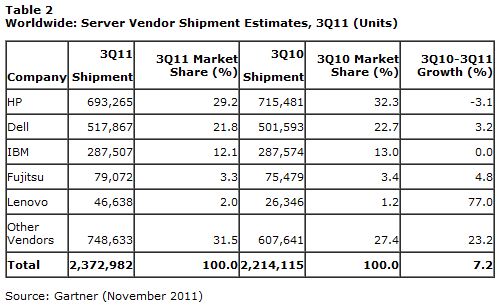
 Observing Registry activity on your PC can be very useful when you’re troubleshooting odd problems. There are some great tools around to help. Sysinternals
Observing Registry activity on your PC can be very useful when you’re troubleshooting odd problems. There are some great tools around to help. Sysinternals 

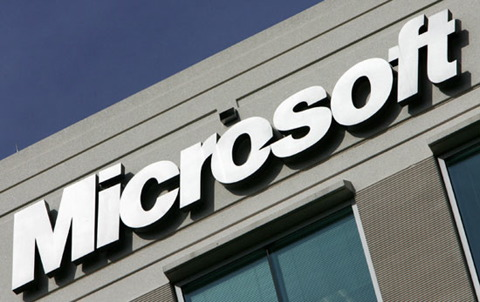
 Robert Johnson is a user interface developer specializing in the user experience (UX) of .NET-based web applications. He has been working in some form of web development and graphic design for 14 years. He loves technology in general, particularly that of Apple, Google and Microsoft. He is a Betanews reader.
Robert Johnson is a user interface developer specializing in the user experience (UX) of .NET-based web applications. He has been working in some form of web development and graphic design for 14 years. He loves technology in general, particularly that of Apple, Google and Microsoft. He is a Betanews reader.
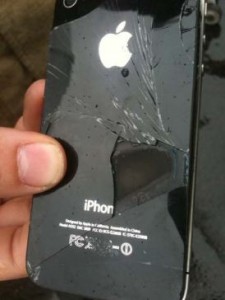 It brings new meaning to Black Friday.
It brings new meaning to Black Friday.

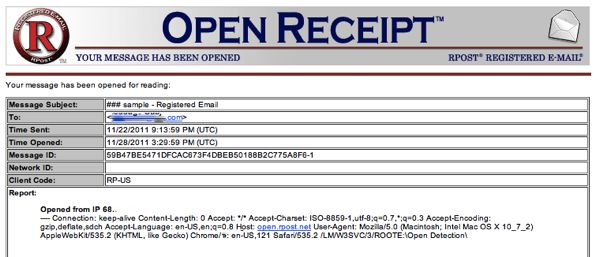
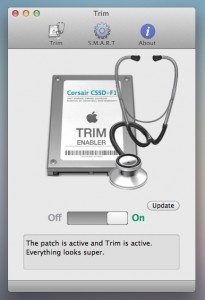
 German developer JAM Software has released the latest version of its speedy MFT-based file search tool,
German developer JAM Software has released the latest version of its speedy MFT-based file search tool, 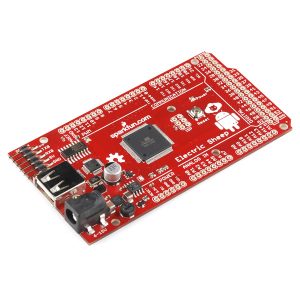

 By measure of discounts, tech retailers are running scared this holiday -- well, all perhaps other than Apple, which
By measure of discounts, tech retailers are running scared this holiday -- well, all perhaps other than Apple, which 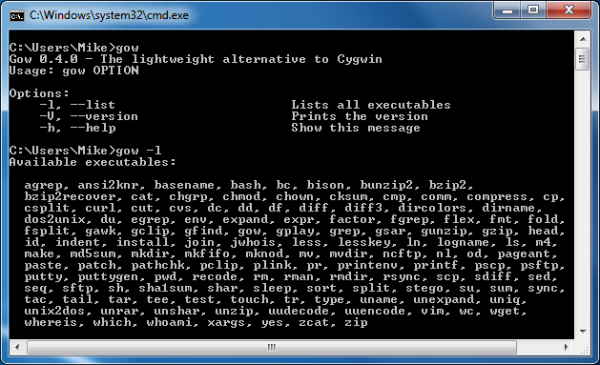

 It's a working holiday for many involved with the
It's a working holiday for many involved with the  USB flash drives are a supremely convenient way to store and transfer information. Easy to carry around, they allow you to plug in to almost any convenient PC, and access your data and programs, before disconnecting and moving on to the next system.
USB flash drives are a supremely convenient way to store and transfer information. Easy to carry around, they allow you to plug in to almost any convenient PC, and access your data and programs, before disconnecting and moving on to the next system.
 If you’re looking for a free Office-compatible suite then there’s plenty of choice around, with tools like
If you’re looking for a free Office-compatible suite then there’s plenty of choice around, with tools like  Highlighting the increased clout of the Chinese consumer in today's high-tech marketplace, research firm Strategy Analytics released results of a study Wednesday that finds smartphone shipments to China eclipsed the United States for the first time last quarter. At 24 million units, China is now the largest smartphone market in the world.
Highlighting the increased clout of the Chinese consumer in today's high-tech marketplace, research firm Strategy Analytics released results of a study Wednesday that finds smartphone shipments to China eclipsed the United States for the first time last quarter. At 24 million units, China is now the largest smartphone market in the world.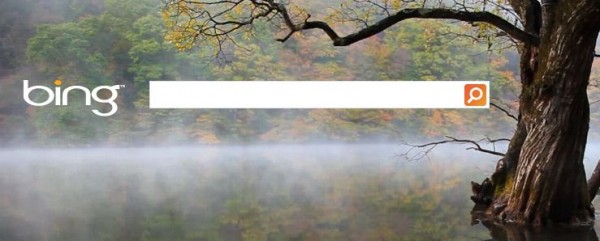
 Astonsoft Ltd has released version 4.5 of both
Astonsoft Ltd has released version 4.5 of both  Ashampoo’s Burning Studio has never made quite as many headlines as the big disc burning suites, perhaps because the program concentrates on ease of use rather than forever adding unnecessary "bonus"features that you’ll never use.
Ashampoo’s Burning Studio has never made quite as many headlines as the big disc burning suites, perhaps because the program concentrates on ease of use rather than forever adding unnecessary "bonus"features that you’ll never use. Boris Eyrich Software has released version 3.0 of its painting application.
Boris Eyrich Software has released version 3.0 of its painting application. 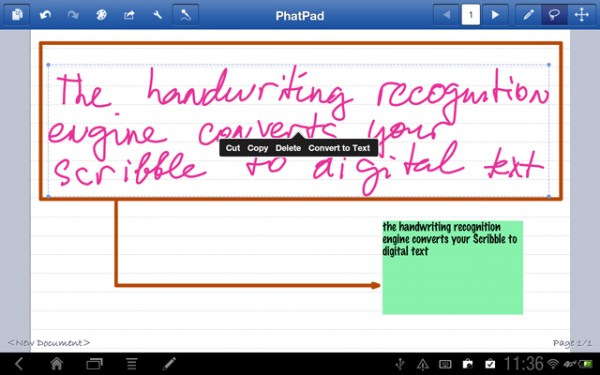
 Hard drive management specialist O&O Software has revealed the latest Server Editions of its flagship
Hard drive management specialist O&O Software has revealed the latest Server Editions of its flagship 

 Federal Communications Commission (FCC) chairman Julius Genachowski on Tuesday put forth an order for a hearing to re-examine the proposed merger between national wireless carriers AT&T and T-Mobile. If approved, the hearing would have to take place after the Justice Department submits the merger to an antitrust trial, and could delay the merger by a few more years.
Federal Communications Commission (FCC) chairman Julius Genachowski on Tuesday put forth an order for a hearing to re-examine the proposed merger between national wireless carriers AT&T and T-Mobile. If approved, the hearing would have to take place after the Justice Department submits the merger to an antitrust trial, and could delay the merger by a few more years. Rumors persist over the mythical "Facebook Phone". This time it's Ina Fried and Liz Gannes
Rumors persist over the mythical "Facebook Phone". This time it's Ina Fried and Liz Gannes 

 By now, we all can see that the Internet will become the dominant media distribution platform.
By now, we all can see that the Internet will become the dominant media distribution platform. Robert Levitan is CEO
Robert Levitan is CEO 
 AT&T is alerting affected customers to an "organized and systematic" attack on its website that attempted to steal their data. The nation's second-biggest carrier says in a letter to those customers that it "[does] not believe that the perpetrators of this attack obtained access to your online account or any of the information contained in that account", but decided to warn users "out of an abundance of caution".
AT&T is alerting affected customers to an "organized and systematic" attack on its website that attempted to steal their data. The nation's second-biggest carrier says in a letter to those customers that it "[does] not believe that the perpetrators of this attack obtained access to your online account or any of the information contained in that account", but decided to warn users "out of an abundance of caution".


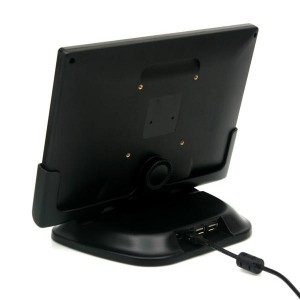

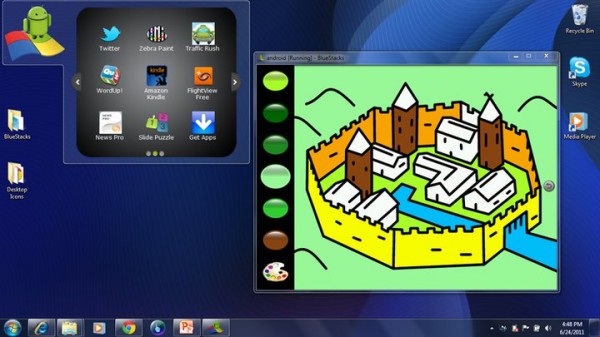
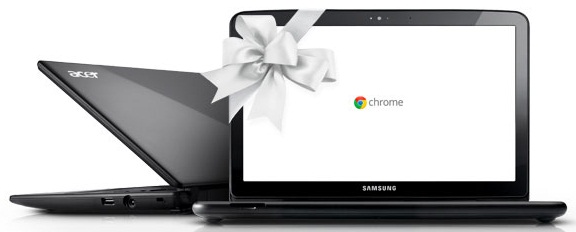
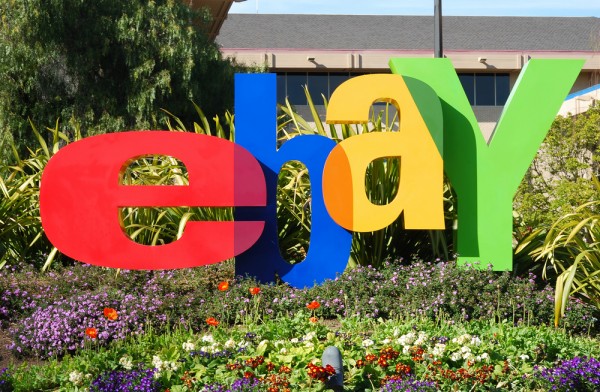
 Early Android 4.0 "Ice Cream Sandwich" adopters must do without Flash, as Google confirms that current versions are incompatible. However, Adobe says they won't wait long: a compatible Flash release should be available by the end of the year.
Early Android 4.0 "Ice Cream Sandwich" adopters must do without Flash, as Google confirms that current versions are incompatible. However, Adobe says they won't wait long: a compatible Flash release should be available by the end of the year.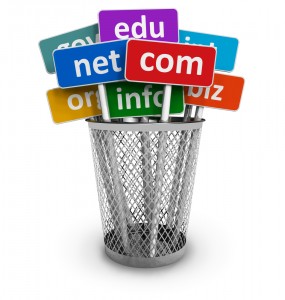
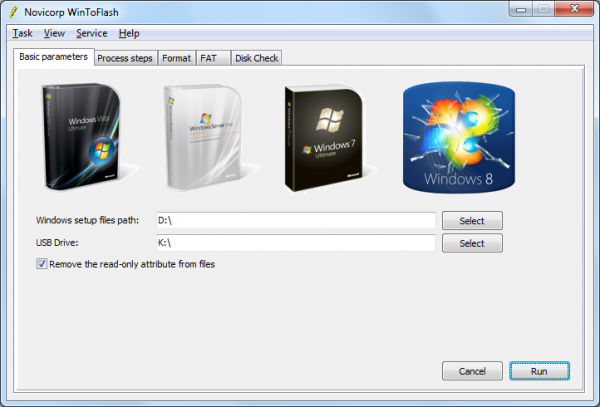
 The first public beta of
The first public beta of 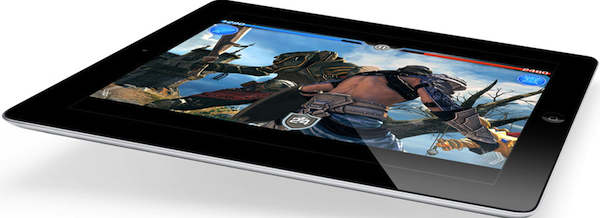
 The results are in to BetaNews poll "US Congress is considering two new copyright bills: PROTECT IP and Stop Online Piracy Act. Do you support them?" Among the 2,560 people who responded to the question (so far), 63 answered "Yes". Who are these people? I'm surprised it's that many. Only 95.43 percent answered "No" to legislation with wide bipartisan support and likelihood of passing both Houses in some form.
The results are in to BetaNews poll "US Congress is considering two new copyright bills: PROTECT IP and Stop Online Piracy Act. Do you support them?" Among the 2,560 people who responded to the question (so far), 63 answered "Yes". Who are these people? I'm surprised it's that many. Only 95.43 percent answered "No" to legislation with wide bipartisan support and likelihood of passing both Houses in some form. It's time for your yearly physical. Walking into the doctor's office is like any other visit: the same corny elevator music, the same outdated magazines, and that stack of paperwork the receptionist always hands you to fill out. But there's something new in that paperwork. Your doctor is asking you to sign a new agreement. What it asks for surprises you.
It's time for your yearly physical. Walking into the doctor's office is like any other visit: the same corny elevator music, the same outdated magazines, and that stack of paperwork the receptionist always hands you to fill out. But there's something new in that paperwork. Your doctor is asking you to sign a new agreement. What it asks for surprises you.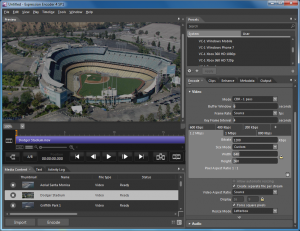 Another busy week software releases has passed, and chances are you missed something. Fear not, we have collected together some of the highlights of the past seven day in another handy roundup so you can catch up.
Another busy week software releases has passed, and chances are you missed something. Fear not, we have collected together some of the highlights of the past seven day in another handy roundup so you can catch up. The Internet can be used for business and pleasure, and when used for entertainment,
The Internet can be used for business and pleasure, and when used for entertainment, 
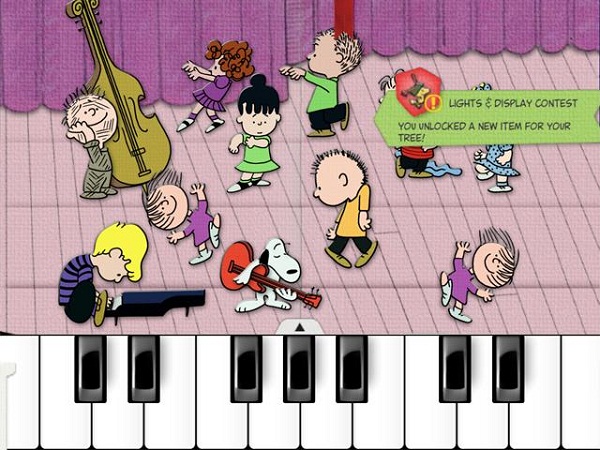
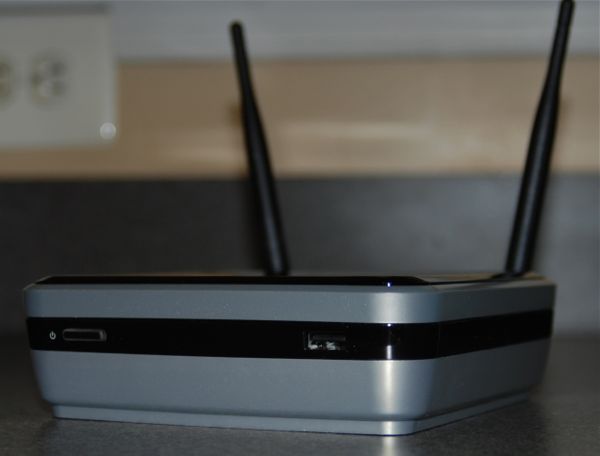
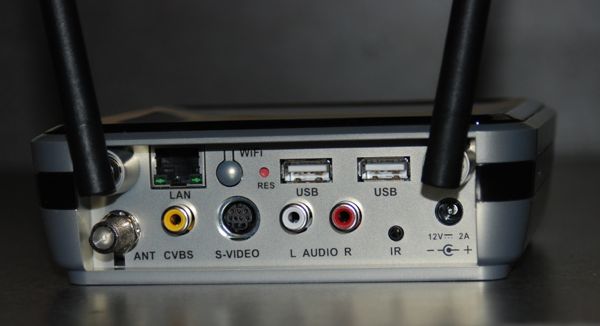

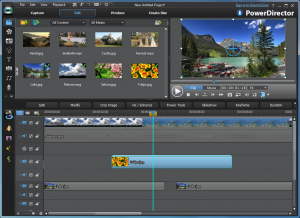 Multimedia specialist CyberLink has introduced a new money-saving bundle in its latest media creativity suite, the
Multimedia specialist CyberLink has introduced a new money-saving bundle in its latest media creativity suite, the  Amazon is leaning on its strengths in procurement in order to make the Kindle Fire as cheaply as possible, IHS iSuppli says. The firm has
Amazon is leaning on its strengths in procurement in order to make the Kindle Fire as cheaply as possible, IHS iSuppli says. The firm has  In this depressed economy, the corporate marketing budget is usually one of the first things that is cut back. Proving tangible return on investment (ROI) on marketing efforts can sometimes be a challenge. Marketing initiatives with no tangible ROI often end up on the chopping block during a recession.
In this depressed economy, the corporate marketing budget is usually one of the first things that is cut back. Proving tangible return on investment (ROI) on marketing efforts can sometimes be a challenge. Marketing initiatives with no tangible ROI often end up on the chopping block during a recession.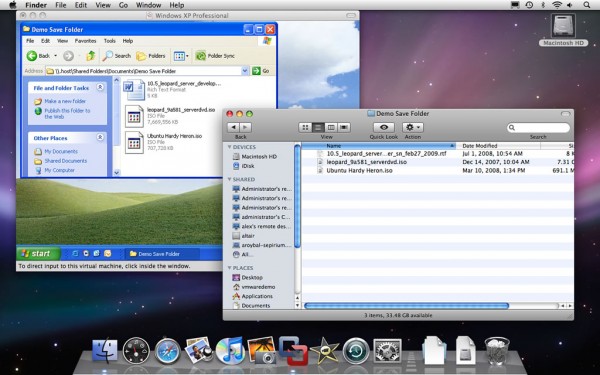 VMWare has updated its range of virtualization products for Mac, Windows and Linux. The biggest update is
VMWare has updated its range of virtualization products for Mac, Windows and Linux. The biggest update is 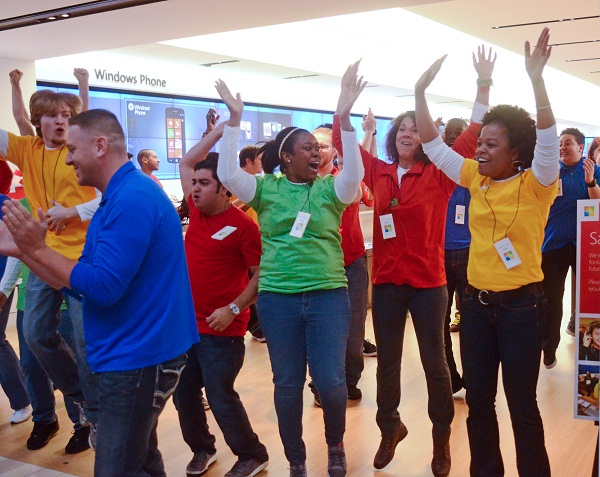
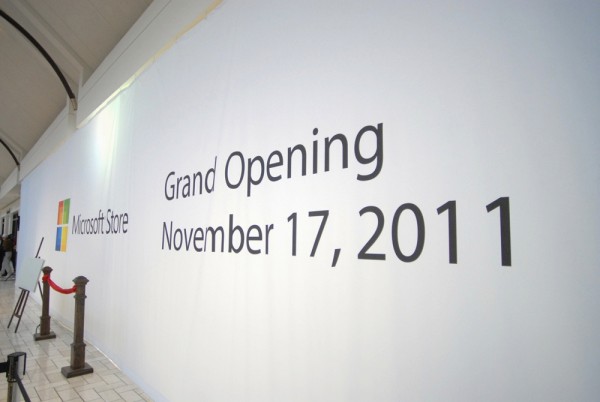

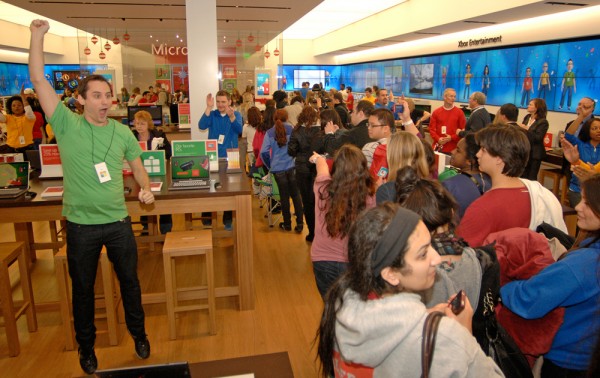

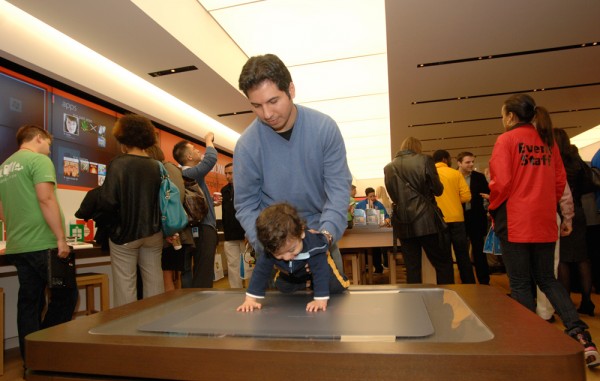
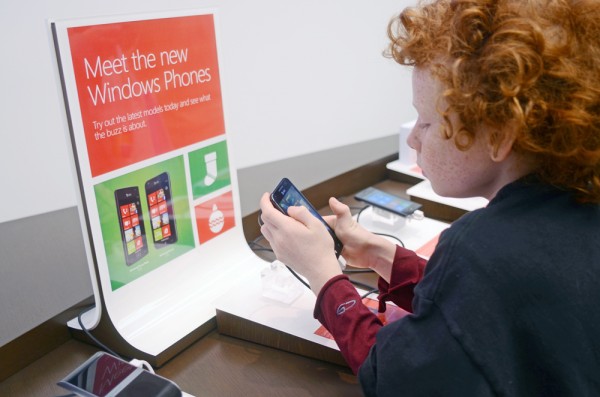


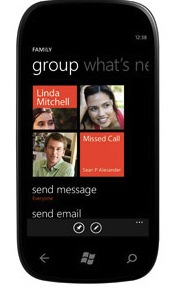
 Real Networks has updated the Windows version of its multimedia player,
Real Networks has updated the Windows version of its multimedia player,  Often, during a presentation, you’ll want to highlight a particular area of the screen. The obvious solution is to use the mouse cursor, and sometimes -- if you’re using a large projector, say -- that may be enough.
Often, during a presentation, you’ll want to highlight a particular area of the screen. The obvious solution is to use the mouse cursor, and sometimes -- if you’re using a large projector, say -- that may be enough.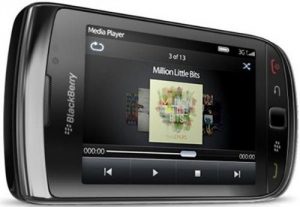 Research In Motion's BlackBerry has lost its long held position as the top smartphone among business users, a new study finds. Mobility services company
Research In Motion's BlackBerry has lost its long held position as the top smartphone among business users, a new study finds. Mobility services company 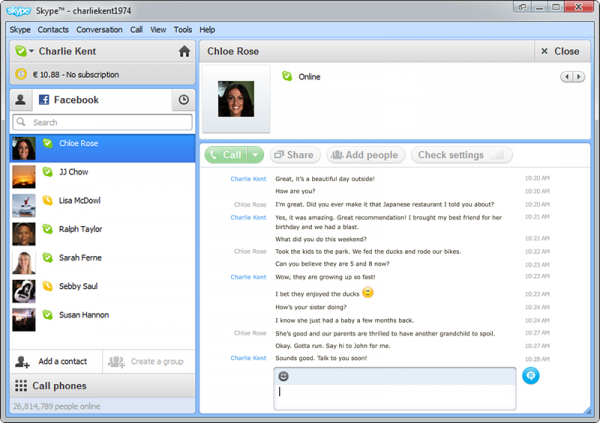


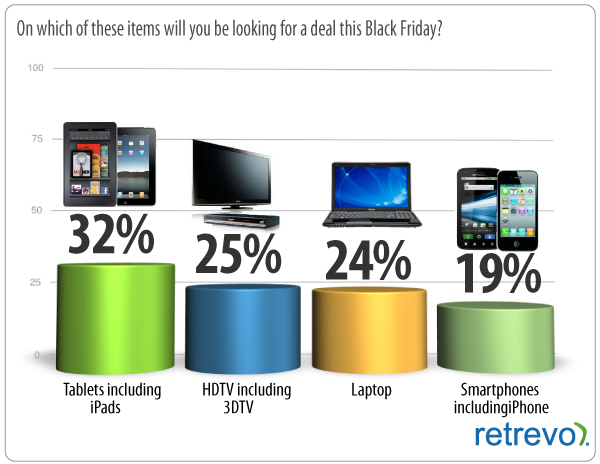



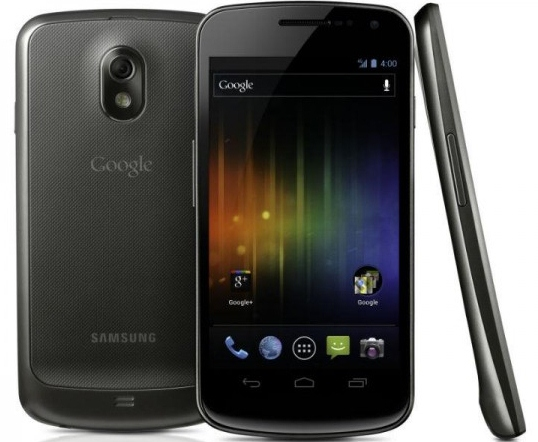
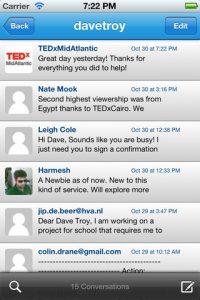 Shortmail is now available for iPhone, tapping into capabilities from iOS 5. The service brings Twitter concepts to email, limiting messages to 500 characters (It's 140 for Twitter). Startup
Shortmail is now available for iPhone, tapping into capabilities from iOS 5. The service brings Twitter concepts to email, limiting messages to 500 characters (It's 140 for Twitter). Startup 
 Malware removal is normally an entirely automatic process. Your PC encounters something unpleasant, your antivirus package deletes it, and you carry on as before: easy.
Malware removal is normally an entirely automatic process. Your PC encounters something unpleasant, your antivirus package deletes it, and you carry on as before: easy.


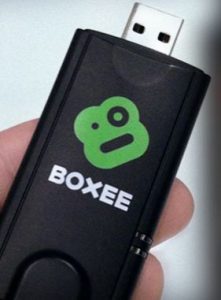 Boxee confirms it is working on an USB dongle add-on for its Boxee Box set-top box that allows an antenna to be connected to the device to recieve "over-the-air" HD television signals. Pre-ordering opens Wednesday in the United States and Canada for $49, and the dongle will ship in January.
Boxee confirms it is working on an USB dongle add-on for its Boxee Box set-top box that allows an antenna to be connected to the device to recieve "over-the-air" HD television signals. Pre-ordering opens Wednesday in the United States and Canada for $49, and the dongle will ship in January.

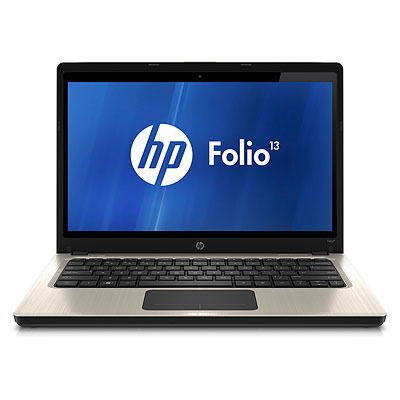
 Finding out what time it is need not mean relying on Windows’ built in clock, which is functional, but ultimately pretty ugly.
Finding out what time it is need not mean relying on Windows’ built in clock, which is functional, but ultimately pretty ugly. 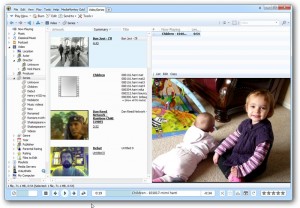 Ventis Media has overhauled its music management tool to add full support for video.
Ventis Media has overhauled its music management tool to add full support for video.  Network capture tools can be useful for all kinds of reasons: troubleshooting, security, system optimization, or just to keep a better record of your online activities.
Network capture tools can be useful for all kinds of reasons: troubleshooting, security, system optimization, or just to keep a better record of your online activities.
 This morning, as I write, the US House of Representatives is conducting a
This morning, as I write, the US House of Representatives is conducting a 
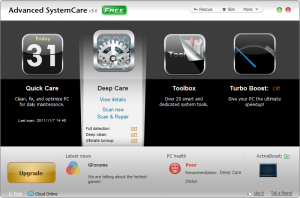 IObit has launched version 5 of its all-encompassing PC maintenance, optimization and security suite.
IObit has launched version 5 of its all-encompassing PC maintenance, optimization and security suite. 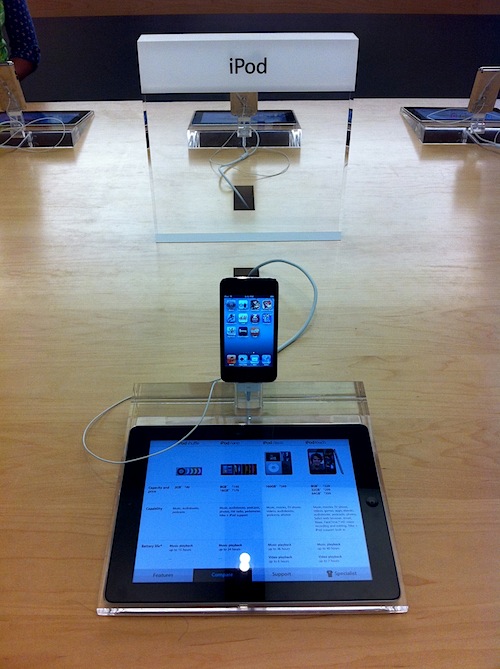
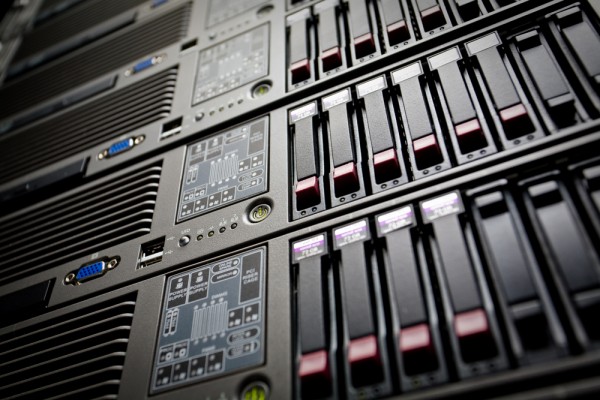

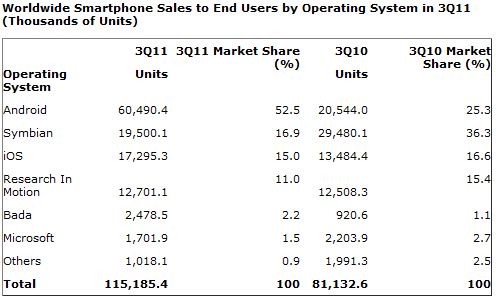

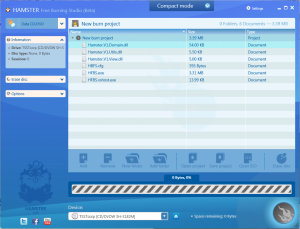 It’s fair to say that a disc burning tool is one thing hardly in short supply, so it would be natural to wonder why another might be needed. While there are all manner of advanced burning suite available, anyone starting out in disc burning for the first time tends to get forgotten. This is something that
It’s fair to say that a disc burning tool is one thing hardly in short supply, so it would be natural to wonder why another might be needed. While there are all manner of advanced burning suite available, anyone starting out in disc burning for the first time tends to get forgotten. This is something that 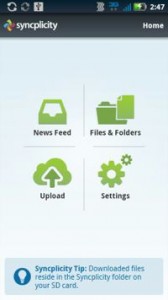
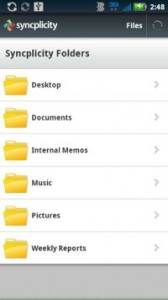
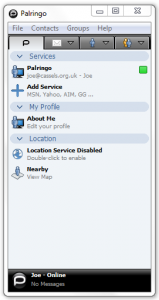


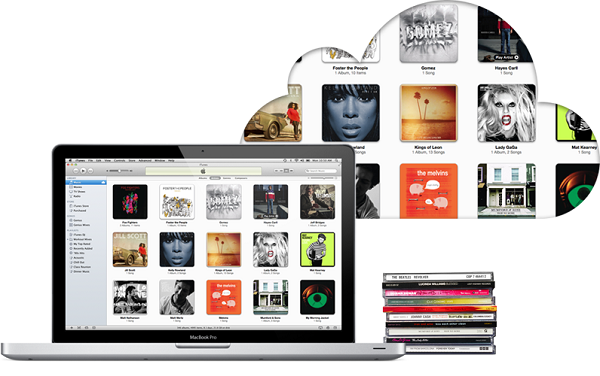

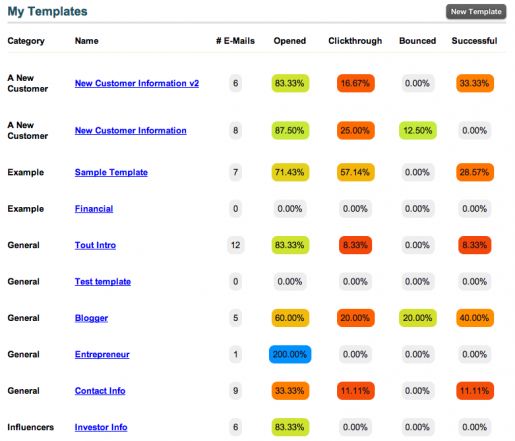
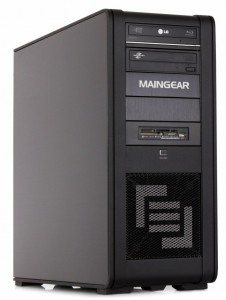 Intel pushed the speed envelope on its Sandy Bridge-based Core processor line Monday, debuting its new six-core Core i7-3960X Extreme Edition flagship CPU. The chip runs at a speed of 3.3GHz, although using less cores through Intel Turbo Boost technology can clock as high as 3.9GHz. In tandem with the announcement, Maingear updated its Shift and F131 systems to use the chips.
Intel pushed the speed envelope on its Sandy Bridge-based Core processor line Monday, debuting its new six-core Core i7-3960X Extreme Edition flagship CPU. The chip runs at a speed of 3.3GHz, although using less cores through Intel Turbo Boost technology can clock as high as 3.9GHz. In tandem with the announcement, Maingear updated its Shift and F131 systems to use the chips. Only a few days have passed since
Only a few days have passed since 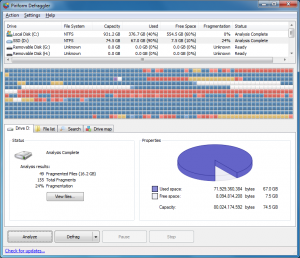 Piriform Software has updated its free defragging tool,
Piriform Software has updated its free defragging tool, 


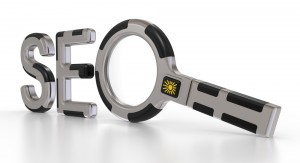 Good small business websites build brands and bring in customers. In order for this to happen, people to actually visit, and for that to happen, a website needs to be designed around the principles of SEO, or Search Engine Optimization.
Good small business websites build brands and bring in customers. In order for this to happen, people to actually visit, and for that to happen, a website needs to be designed around the principles of SEO, or Search Engine Optimization. Matt Shampine is co-founder of New York-based startup
Matt Shampine is co-founder of New York-based startup 


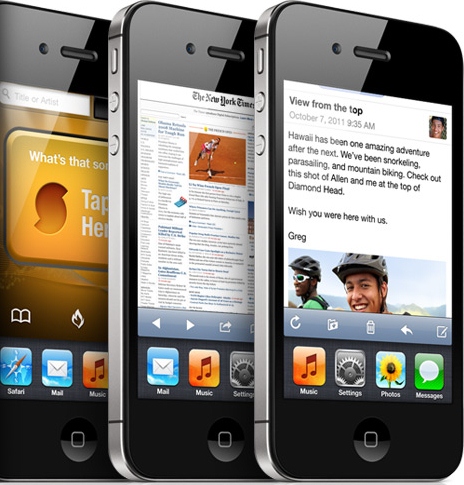
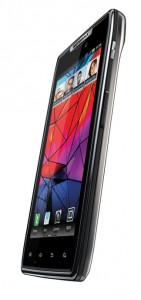 Verizon waited until 11-11-11 at 11:11 am to launch the
Verizon waited until 11-11-11 at 11:11 am to launch the 


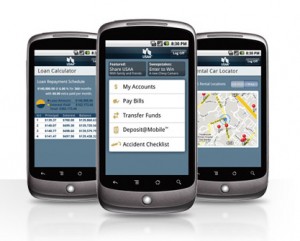
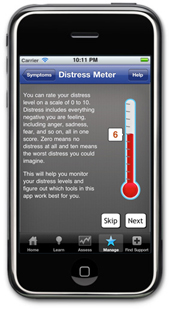
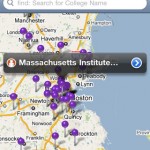




 iTunes is a piece of software that is loved and hated in equal measure. There is no getting away from the fact that it is a powerful and impressive media management program, but it is also slow to use and has something of a space-hungry interface. This is something that
iTunes is a piece of software that is loved and hated in equal measure. There is no getting away from the fact that it is a powerful and impressive media management program, but it is also slow to use and has something of a space-hungry interface. This is something that  Many file types support metadata, special tags that provide more information about their contents. A digital photo JPEG may reference the model of camera that took it, for instance; an MP3 might detail the album where it was originally released; PDF documents will often include tags mentioning their title and author.
Many file types support metadata, special tags that provide more information about their contents. A digital photo JPEG may reference the model of camera that took it, for instance; an MP3 might detail the album where it was originally released; PDF documents will often include tags mentioning their title and author.

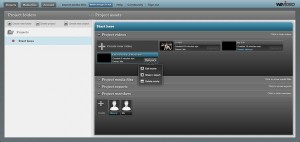
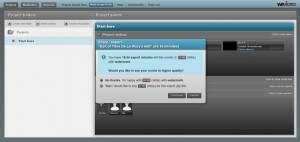

 The Firefox development merry-go-round has moved on again, with
The Firefox development merry-go-round has moved on again, with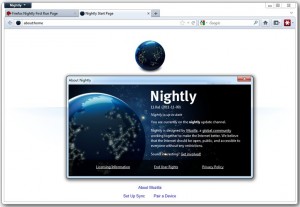

 Apple on Thursday released iOS 5.0.1, aiming to fix one of the biggest issues with iPhone 4S. The company claims the update addresses poor battery life in the device, as well as remedying a host of other issues.
Apple on Thursday released iOS 5.0.1, aiming to fix one of the biggest issues with iPhone 4S. The company claims the update addresses poor battery life in the device, as well as remedying a host of other issues. We’re approaching the end of 2011, so it should come as no surprise that developers are pushing out their 2012 products. Uniblue is a company synonymous with system utilities, and the newly announced 2012 product lines bring a number of important updates to all of the key programs.
We’re approaching the end of 2011, so it should come as no surprise that developers are pushing out their 2012 products. Uniblue is a company synonymous with system utilities, and the newly announced 2012 product lines bring a number of important updates to all of the key programs.  Opera has released the latest beta version of its popular web browser,
Opera has released the latest beta version of its popular web browser,  Entertainment company Warner Bros. is defending its anti piracy efforts following allegations of abuse, including removing content that it did not own the copyrights to. The claims raise serious questions as to whether current anti-piracy efforts making its way through Congress may punish innocent parties if this is a common occurrence.
Entertainment company Warner Bros. is defending its anti piracy efforts following allegations of abuse, including removing content that it did not own the copyrights to. The claims raise serious questions as to whether current anti-piracy efforts making its way through Congress may punish innocent parties if this is a common occurrence.
 Online storage services can be a great way to share documents or back up key files. Of course they all have their own interfaces and clients, though, so if you use more than one then you’ll have plenty of software to install and master.
Online storage services can be a great way to share documents or back up key files. Of course they all have their own interfaces and clients, though, so if you use more than one then you’ll have plenty of software to install and master.



 But it's going to be slow going, and for good reasons. Despite all IPv6 promises, there is still much, much testing to do before it's ready for prime time.
But it's going to be slow going, and for good reasons. Despite all IPv6 promises, there is still much, much testing to do before it's ready for prime time. Mozilla has released the first stable build of its Thunderbird add-in,
Mozilla has released the first stable build of its Thunderbird add-in, 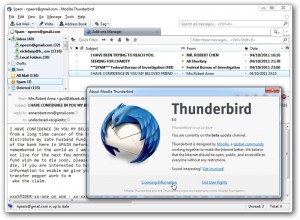 In line with its recent
In line with its recent 
 It was all hands on deck at HP Tuesday night: new CEO Meg Whitman wants to decide what to do with WebOS. HP
It was all hands on deck at HP Tuesday night: new CEO Meg Whitman wants to decide what to do with WebOS. HP 
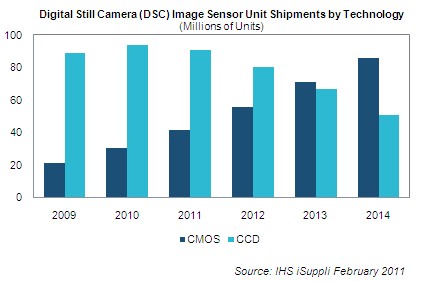

 We've given so much attention to
We've given so much attention to 


 Mozilla has uploaded the final build of its open-source, cross-platform browser
Mozilla has uploaded the final build of its open-source, cross-platform browser 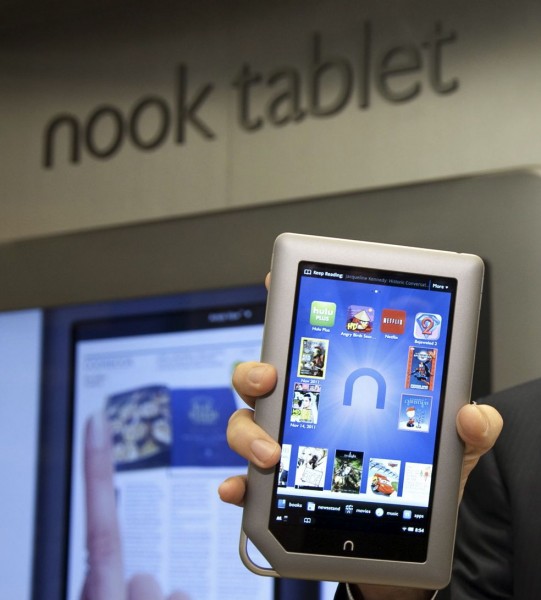

 Verizon Wireless wants its customers to upgrade their phones and take advantage of the carrier's next-generation LTE network, and is sweetening the data pot to get them to do so. Beginning Tuesday, Verizon will double the data allotments for customers for the same price as its traditional data plans.
Verizon Wireless wants its customers to upgrade their phones and take advantage of the carrier's next-generation LTE network, and is sweetening the data pot to get them to do so. Beginning Tuesday, Verizon will double the data allotments for customers for the same price as its traditional data plans.

 Not me, likely, and I'm surprised by the answer.
Not me, likely, and I'm surprised by the answer.  Commenter RogerOfDoger makes a good point. Should the future investment be about software or hardware: "It will be interesting to see how quickly the 'investment for the future' is updated for Android 4.0, and how long it remains an 'investment in the past' with Android 2.3.5". I could grumble the same about the Galaxy S2.
Commenter RogerOfDoger makes a good point. Should the future investment be about software or hardware: "It will be interesting to see how quickly the 'investment for the future' is updated for Android 4.0, and how long it remains an 'investment in the past' with Android 2.3.5". I could grumble the same about the Galaxy S2.
 There are also options to insert Bates numbers, text or image-based watermarks, bookmarks, links or more. You can insert new pictures, or tweak existing images by altering their brightness, contrast and color, rotating, resizing, flipping, cropping them and more. And Nitro Pro 7 also works well at the page level: you can rotate or crop a page, delete or replace a set of pages, and split a document in many different ways, amongst other options.
There are also options to insert Bates numbers, text or image-based watermarks, bookmarks, links or more. You can insert new pictures, or tweak existing images by altering their brightness, contrast and color, rotating, resizing, flipping, cropping them and more. And Nitro Pro 7 also works well at the page level: you can rotate or crop a page, delete or replace a set of pages, and split a document in many different ways, amongst other options. How efficiently does the program render PDF files? For a basic test, we took a plain text file, 9.33KB in size, and saved it as a standard quality PDF file using Office 2010 (using Microsoft’s PDF addin): this produced a 65.4KB file. Then we created a medium quality PDF file using Nitro Pro 7, and this was 52.3KB in size: no major overheads here.
How efficiently does the program render PDF files? For a basic test, we took a plain text file, 9.33KB in size, and saved it as a standard quality PDF file using Office 2010 (using Microsoft’s PDF addin): this produced a 65.4KB file. Then we created a medium quality PDF file using Nitro Pro 7, and this was 52.3KB in size: no major overheads here.
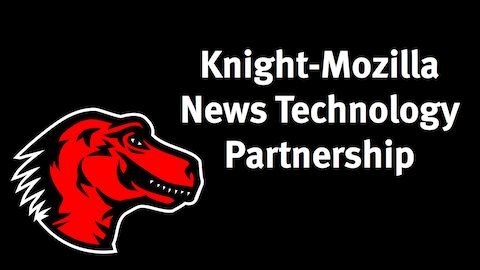
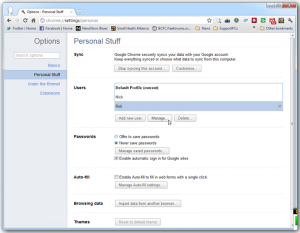
 A dedicated email client is not something that is seen as being quite as essential as it used to be, largely because most web-based email services have dramatically improved. However, there are many people who prefer to entrust their communication to an application rather than a website, and there are a number of titles that can fulfill the role. Free programs such as Thunderbird have proved popular, but if you’re looking for a little more control over your inbox, commercial offerings such as
A dedicated email client is not something that is seen as being quite as essential as it used to be, largely because most web-based email services have dramatically improved. However, there are many people who prefer to entrust their communication to an application rather than a website, and there are a number of titles that can fulfill the role. Free programs such as Thunderbird have proved popular, but if you’re looking for a little more control over your inbox, commercial offerings such as 


 Taiwanese software giant CyberLink has released version 8 of its all-encompassing disc-burning suite,
Taiwanese software giant CyberLink has released version 8 of its all-encompassing disc-burning suite, 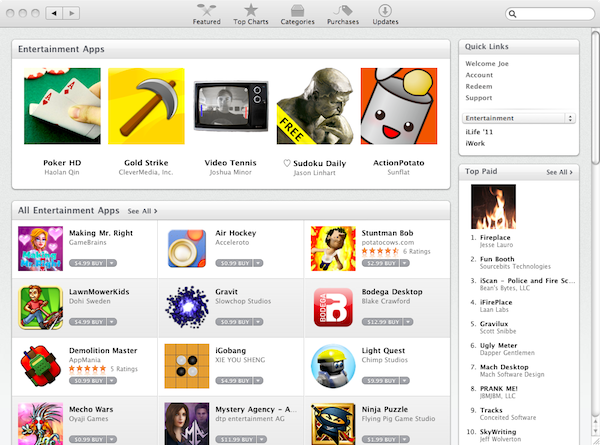

 Is Amazon Prime the best deal in tech? It just may be: Amazon now offers the capability for customers to loan out over 5,000 books for their Kindle or Kindle Fire devices. The
Is Amazon Prime the best deal in tech? It just may be: Amazon now offers the capability for customers to loan out over 5,000 books for their Kindle or Kindle Fire devices. The 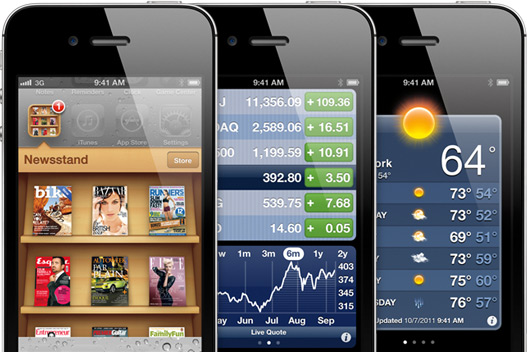
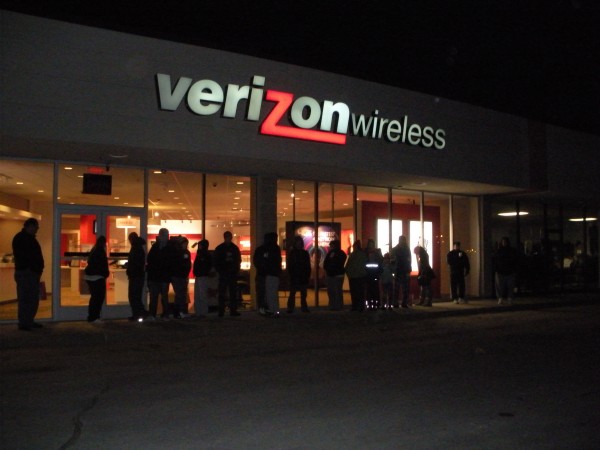

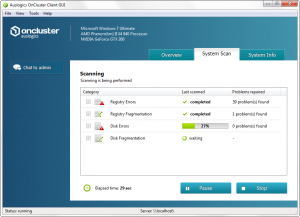 Time is definitely money when it comes to providing support in a medium to large enterprise.
Time is definitely money when it comes to providing support in a medium to large enterprise.  Apple’s iTunes may not be everyone’s favorite music player or media management tool, but for millions of iPod, iPad and iPhone owners it is the software they use to work with their music collection. We have all experienced problems with MP3s to one degree or another -- a library littered with duplicate tracks, albums that have no ID3 tags, tracks with misspelt name to name but a few -- and this is something that Real Networks’
Apple’s iTunes may not be everyone’s favorite music player or media management tool, but for millions of iPod, iPad and iPhone owners it is the software they use to work with their music collection. We have all experienced problems with MP3s to one degree or another -- a library littered with duplicate tracks, albums that have no ID3 tags, tracks with misspelt name to name but a few -- and this is something that Real Networks’ 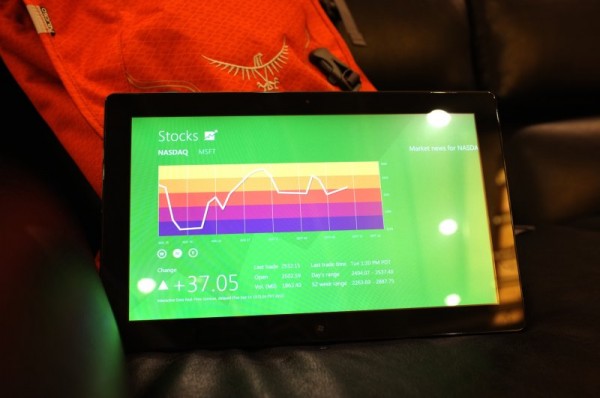
 Chris Boss is an advanced Windows API programmer and developer of 10 year-old
Chris Boss is an advanced Windows API programmer and developer of 10 year-old 
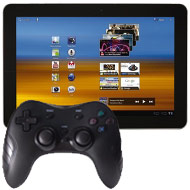 To keep up with the shifting tide of video game distribution and the increasing popularity of mobile tablets and smartphones as video game systems, brick-and-mortar video game retailer GameStop was
To keep up with the shifting tide of video game distribution and the increasing popularity of mobile tablets and smartphones as video game systems, brick-and-mortar video game retailer GameStop was 
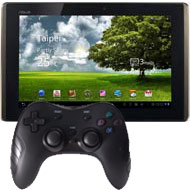


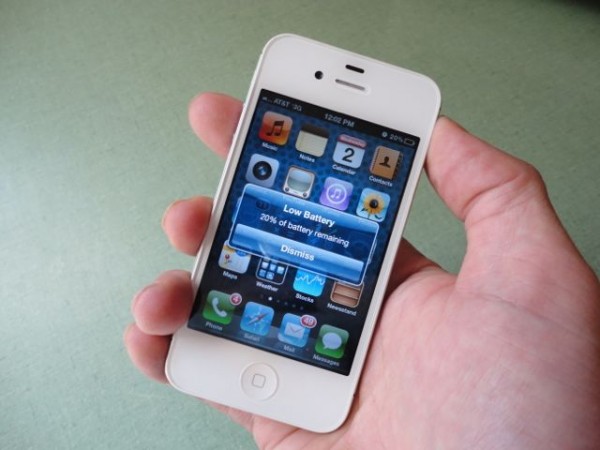
 GFI Software today unveiled the latest editions of the company’s security products,
GFI Software today unveiled the latest editions of the company’s security products, 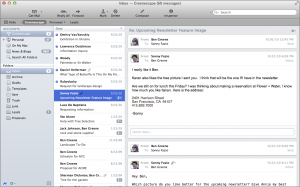
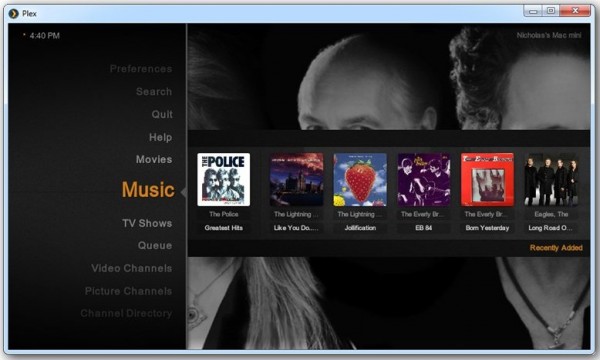


 One of the curses of modern day life is remembering, storing and managing passwords. Whether you use a password manager, store passwords in your browser or try to remember the lot, there are always challenges. Storing in your browser is the easiest option, but how can you be sure that they’re safe?
One of the curses of modern day life is remembering, storing and managing passwords. Whether you use a password manager, store passwords in your browser or try to remember the lot, there are always challenges. Storing in your browser is the easiest option, but how can you be sure that they’re safe? 
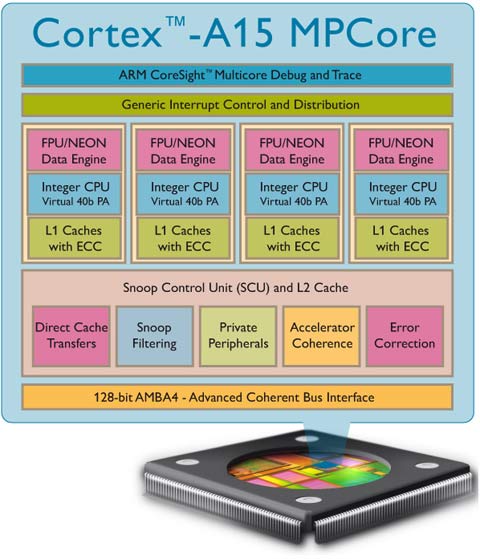
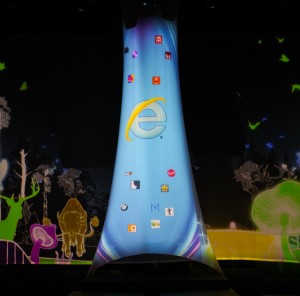 Do I have your attention now?
Do I have your attention now?
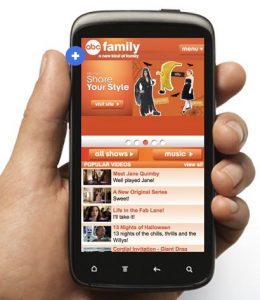 Let's face it: these days, a lot of us are accessing the Internet via smartphones, tablets, and other portable devices. It makes good sense that website owners respond to this trend, and ensure their sites play nice with mobile browsers.
Let's face it: these days, a lot of us are accessing the Internet via smartphones, tablets, and other portable devices. It makes good sense that website owners respond to this trend, and ensure their sites play nice with mobile browsers.
 November 4 is the one-year anniversary of Kinect, which rapidly is evolving into more than a game controller and a huge present and future success for Microsoft. The technology also represents the company's profound push into natural user interfaces. Apple's Siri has buzz now, but it's from Redmond, Wash., not Cupertino, Calif., that the most inventive NUIs are coming -- and most likely will dramatically affect your life and anyone within your sphere of
November 4 is the one-year anniversary of Kinect, which rapidly is evolving into more than a game controller and a huge present and future success for Microsoft. The technology also represents the company's profound push into natural user interfaces. Apple's Siri has buzz now, but it's from Redmond, Wash., not Cupertino, Calif., that the most inventive NUIs are coming -- and most likely will dramatically affect your life and anyone within your sphere of  Security vendor PC Tools has revealed its new-look website and 2012 products. And the company is focusing very much on ease of use, with the claim that all the new releases provide “powerfully simple protection”.
Security vendor PC Tools has revealed its new-look website and 2012 products. And the company is focusing very much on ease of use, with the claim that all the new releases provide “powerfully simple protection”.